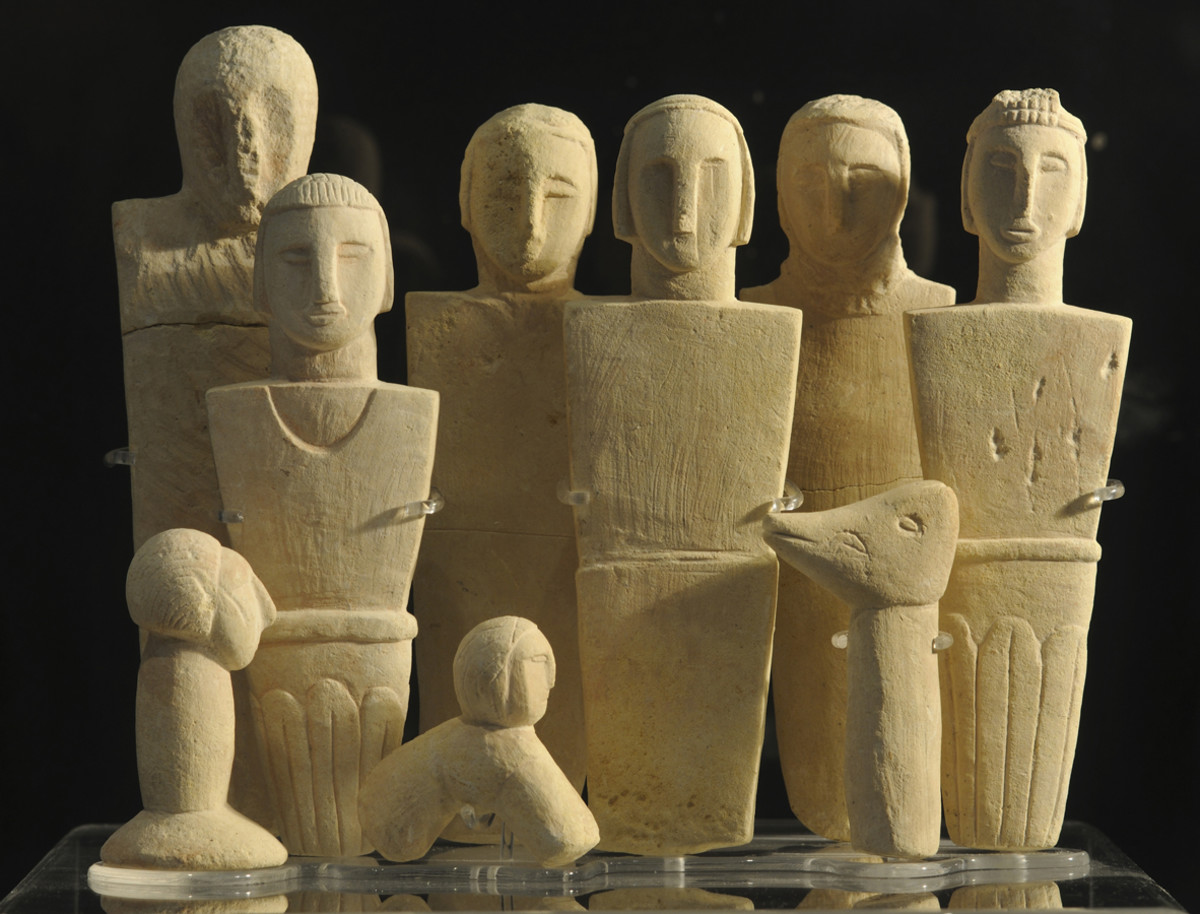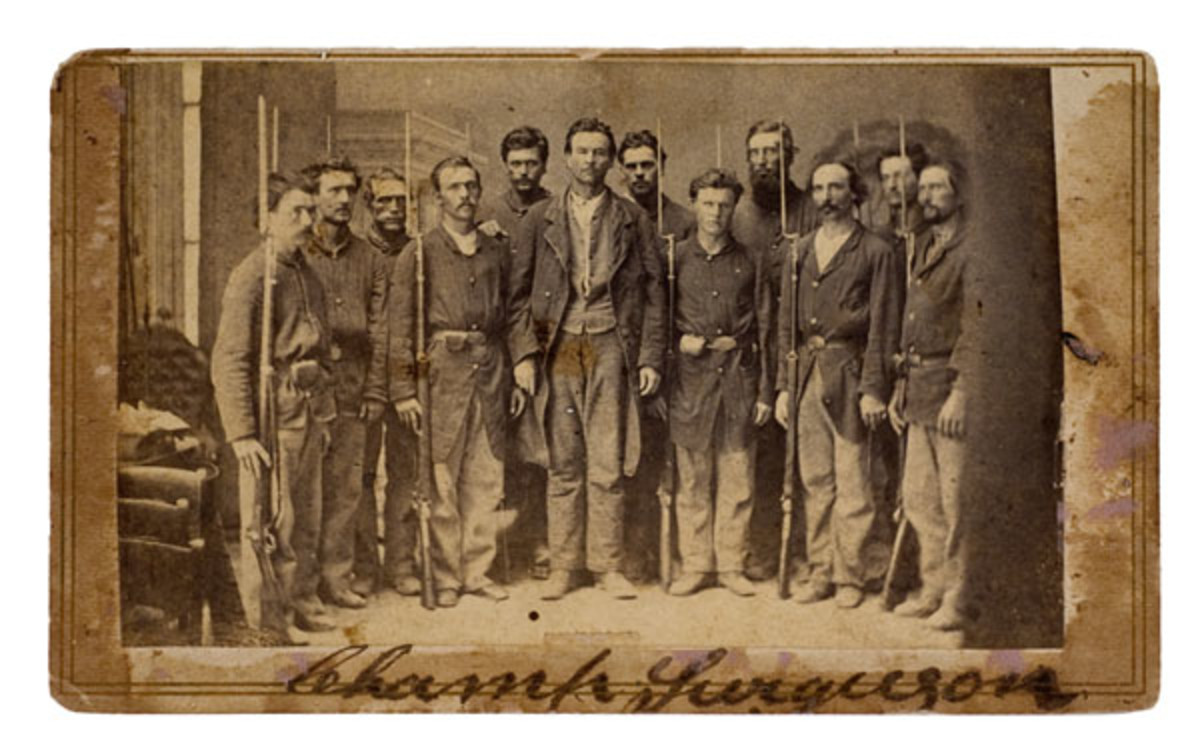History of modern paper money

History and Chinese contribution in paper money
Although money is essential to our lives,we rarely think about its history.In the modern age of e-banking,it's hard to imagine ancient times when shells and tobacco were used as money.This article is to absorb discussion about history of money from early to modern.
Chinese contribution in paper money
The Chinese contribution to the making of not just paper,but that of paper money too,has been great.Bronze or copper coins with a hole in the centre,had been their currency for currencies.The first paper currency was developed during the Tang Dynasty in the 7th century.However,paper money became active only centuries later,during the Song Dyansty.
It is believed that by 11th century AD,there was a shortage of copper which led to the production of 'Jiaozi' bank notes by the Songs.By the 1120s,it is known that they started producing state-issued paper money.
One of the emperor of the Yuan Dyansty started printing 'chao' paper money in his time.This trend of using paper bank notes was introduced in Europe by Venetian traveler Marco Polo in the 13th century.But the Europeans started using the notes only centuries later.
Paper money has had the effect in your State that it ever will have, to ruin commerce, oppress the honest, and open a door to every species of fraud and injustice.
-George Washington

Spreading of the paper money
The history of paper currency dates back to the 7th century when they were used in China. The idea of paper money was carried to Europe by travellers like Marco Polo.In his book, 'The Travels of Marco Polo',he described bank notes used in China.The term 'bank note' was first used in the 14th century,referring to the notes from a bank.These notes were like receipts that recognized the right of the user to collect the gold or silver that is deposited at the bank.The shift of bank notes as a means of payment happened in the mid 17th century because of many problems in the coins as a mode of payment. Although Marco Polo brought the concept of bank notes after his journey to China to Europe.It took three more centuries for Europeans to have a few in their pockets.The first bank notes were produced by a Dutch merchant named Johan Palmstruch, without whom the history of banking wouldn't be complete.It was his private bank 'Stockholms Banco' in Sweden that first printed bank notes in Europe.This was in the year 1661.The notes in were called 'kreditivsedlar' or credit papers.In exchange for the silver coins they used till then,the bank would give its customers credit papers of equal value.The notes soon became popular, as they were easy to use and transport.It is known that Palmstruch himself signed these notes.Although successful initially,the bank started to collapse after it failed to return the creditors'money due to bad management. Although successful initially,the bank started to collapse after it failed to return the creditors' money due to bad management.By 1668,the bank was shut, and Palmstruch was arrested.He was lost his banking privilege.
Though the banker was awarded death sentence at first,he got it reduced to life imprisonment.
Money, not morality, is the principle commerce of civilized nations.
-Thomas Jefferson


Materials used in bank notes
Bank notes are quite different in terms of how they are made and the materials used to make them.Most of them are made of 'cotton paper'and have a specific weight.It is said that cotton paper is stronger and more durable compared to ordinary papers made from wood pulp.This is one of the reasons why the bank notes last longer,in spite of being continuously rough-used.The notes are also are also infused in polyvinyl alcohol or gelatine to make them stronger.These are some of the techniques used to make bank notes in the modern era.But centuries ago when bank notes first appeared in China,they were printed on paper made from mulberry bark.In the case of Japanese bank notes,they used different fibres to give the notes their color and texture.Wide range of materials have been used to produce bank notes which includes silk,leather,khaki and many more.
History of polymer bank notes
It is true that with the advent of paper currency,banking became easier.But as soon as these notes entered circulation,their duplicates too started growing in number.Such fake currencies or counterfeit notes pose one of the biggest challenges to our financial sector.Many steps were taken to put an end to this malpractice.One such was initiated by countries like Costa Rica and Haiti in 1983 by introducing plastic currency notes. However,the attempt failed and the earliest notes had a lot of problems including ink wearing off.Introduced in 1996,the new series of polymer notes had innovative security features.The first country was Australia.Not just that,the notes were credited with being environment friendly,and long lasting too and because of these features polymer notes became popular. Today,apart from polymer, cotton,linen and many other products use to make banknotes.Every country mints or prints its own currencies under the authority of its government.
Conclusion
Before modern societies and financial systems were set up, people used valuable objects, such as gold and silver, to pay for goods and services through bartering. Eventually, paper money and coins replaced these physical assets as representative currency. When this happened, precious metals backed the new currencies to give it credibility.At present, only the government backs banknotes. Worldwide, billions of financial transactions use banknotes every day.








